(December 1, 2021) Brunost cheese may be of Norwegian origin, but a Mumbai-based artisan cheesemaker knows how to make it better
In the heart of Mumbai is a UK-studied and Italy-trained artisan cheese maker making Norwegian cheese. Mausam Jotwani Narang, from Mumbai, entered an elite club of cheese connoisseurs and makers with her carefully handcrafted brunost, a Norwegian-style whey cheese that is standing shoulder to shoulder with cheese royalty. The cheese maker became the first Indian to win a silver in the brown cheese category at the prestigious World Cheese Awards 2021 in Oviedo, Spain.
She stole their cheese
Narang did an MBA in human resources at the University of Birmingham, studied German for four years, and has a B.Com from RA Podar College in Mumbai. She worked at Cape Gemini in HR for a while and then cheese mongering became her calling.
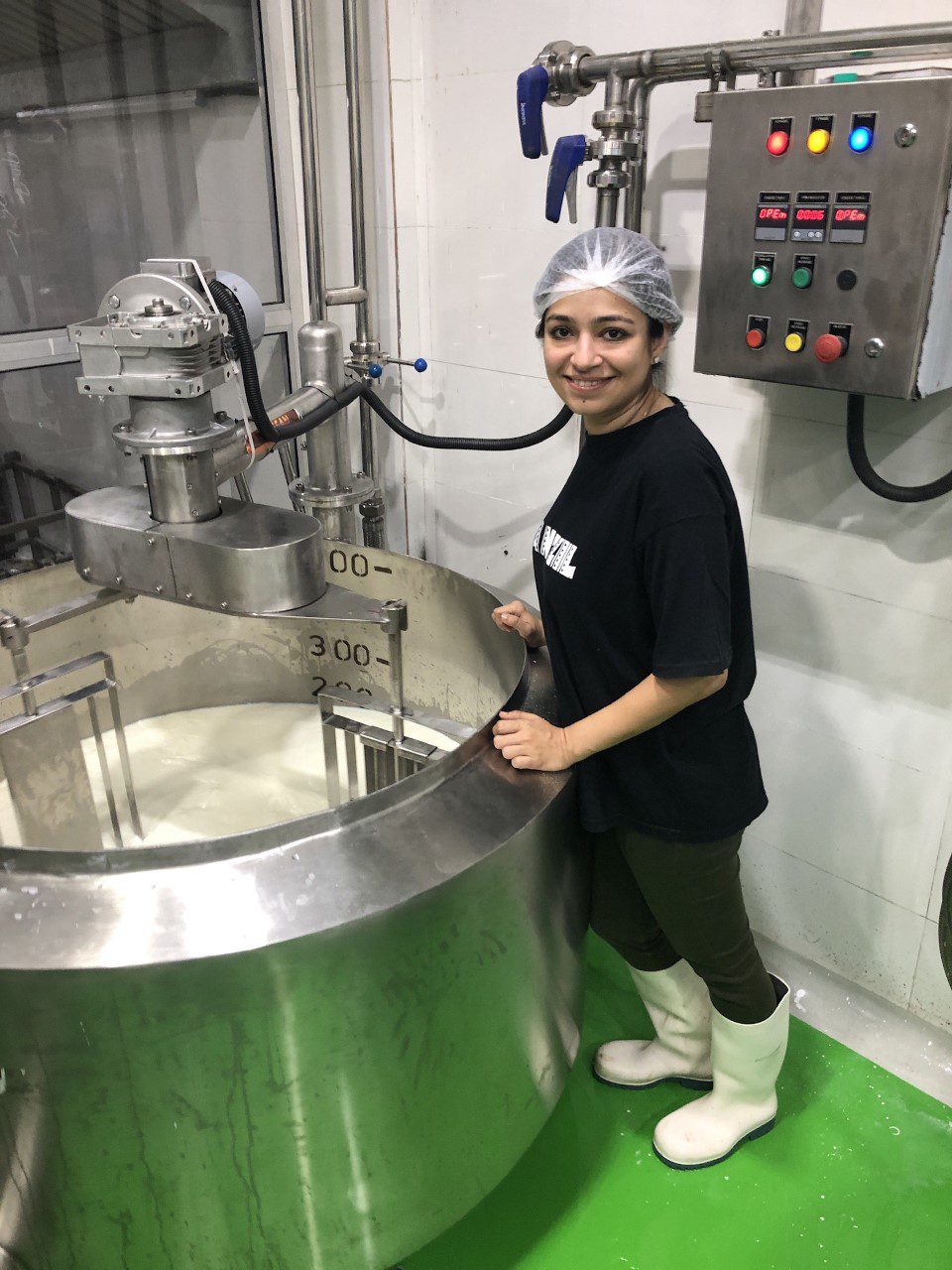
Mausam Narang at Eleftheria
It is widely believed that cheese travelled to India from the West, even though the local favourite cottage cheese (paneer) finds pride of place in most households. The more gourmet varieties are a tad exclusive. As a cheese artisan who has put India on the world cheese map, Narang, has been dedicated in learning the craft for a few years. She began her initial training at informal workshops in Italy where she heard about the World Cheese Awards for the first time in 2019. Learning and fine-tuning her skills at two Italian creameries, she was on song. “I thought, ‘Why can’t any Indian cheese maker participate?’” she tells Global Indian. The self-taught cheese maker who has no formal course in cheesemaking, was helped with the insights she got in Italy. Today, Mausam is enthused and proud of her handcrafted brunost.
When the world slowly started opening up in 2020 after the first wave of Covid-19, Mausam got her hands wet in the whey, literally, with the awards on her mind.
The World Cheese Awards are a platform to identify varieties of cheese from across the world, that are then judged by technical experts, buyers, retailers and food writers. This year, India-crafted cheese sat pretty confident with the other 4,000 entries from 45 countries. Then it was down to business – as 230 judges went on their tasting and observation medley and chanced upon this Indian-made brunost. That Narang was among the winners was monumental, and she inadvertently opened the doors for other Indian cheese makers with her delicious brown cheese. “I was ecstatic when I heard the news. It was a huge moment for all Indian cheese artisans,” she says.
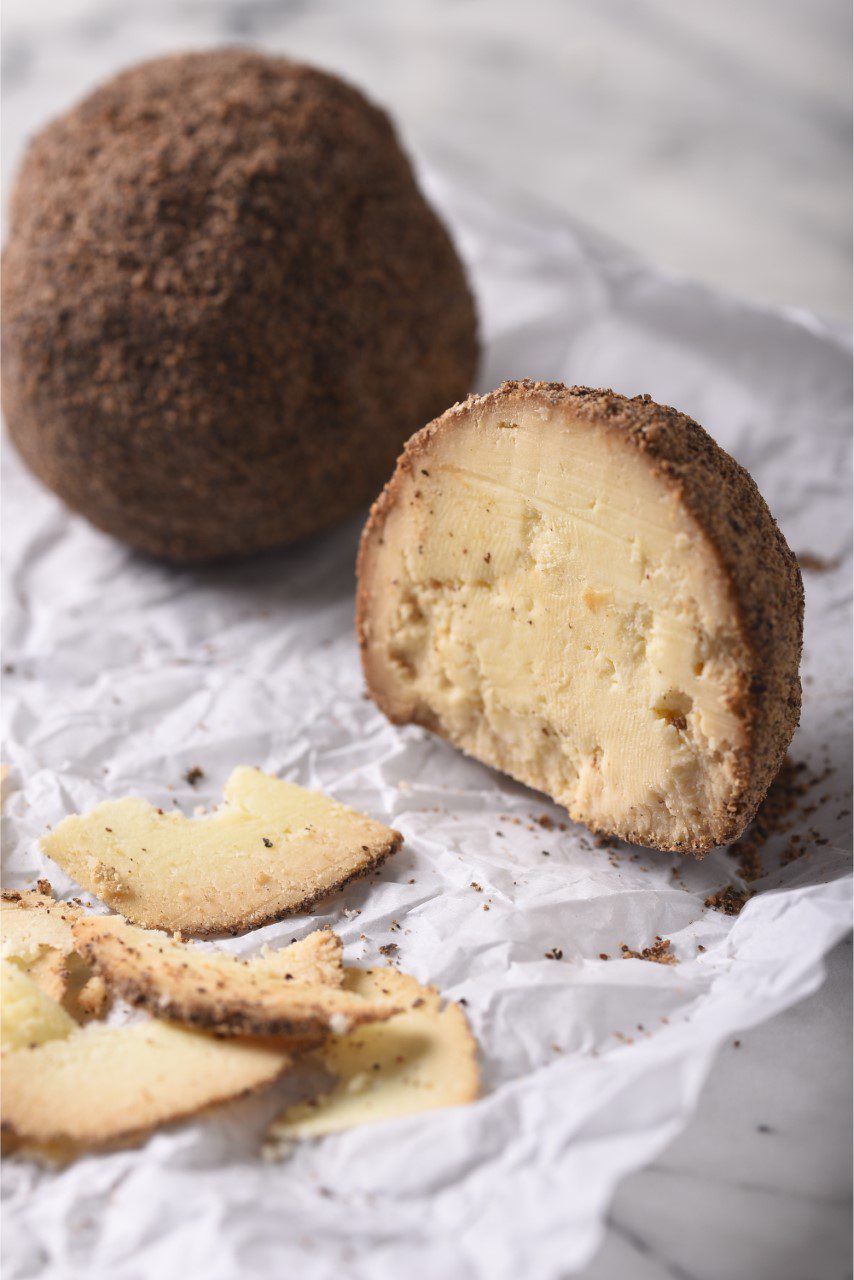
Cheese by Eleftheria
As for the coveted brunost, it has a unique taste, “That’s quite like a fusion of khoya (milk cake), the traditional Indian milk solid and whey,” she explains.
Prepared from discarded whey, brunost was already a well-known cheese when Narang experimented with it. It took her a few weeks to perfect the texture and flavour of the brown cheese. “It was exciting to do that. The cheese is also unique to the Indian market. It tastes almost like salted caramel milk fudge. Brunost goes well with your morning breakfast of toast and pancakes too,” she suggests.
How the “umami” came together
Narang’s interest in fromage began nine years ago. Working at Capgemini, she missed her comfort food of bread and cheese from her years at Birmingham, which is also where she first fell in love with a wide variety of cheese. “Back then, my fridge had a huge collection,” she smiles.
When she came back to Mumbai, Mausam baked bread and crafted homemade cheese to complement her loaves. An idea that began with an inherent urge to taste good cheese, her passion saw her parents wondering where to store the cheese she was churning out. “My parents are very supportive, but they were worried about the amount of cheese I was making during weekends. We Indians don’t learn about cheese-making from our forefathers. Similarly, my parents were clueless,” she laughs. After a great response for her milk-laden bites from loved ones, she decided to quit corporate life to pursue cheese and became a true turophile and cheesemonger.

Mausam Narang
The freedom to “cheese”
Eleftheria, her brand was born in 2015, which is the Greek word for “freedom.” She tackled it with the same spirit. Three years of R&D on cheese making, creating new varieties, attending workshops and meeting fromagers – she was ready with the artisanal Eleftheria. The micro creamery in Mumbai’s north-east suburbs supplies artisanal cheese to over 50 restaurants across Mumbai, Pune, Calcutta, Bengaluru, Delhi, etc. It is also available at Foodhall. “We plan to expand to Chennai soon,” she adds. What started as a venture with two people, is now 25 staff strong. A 150 gm brunost costs Rs 350, 200 gm burrata Rs 400 and 200 gm mozzarella is Rs 350.
The resourceful fromagere is at the creamery every morning when the first milk arrives. “I don’t like getting up early, but the milk forces me,” she laughs. She personally monitors the quality and processes.
One thing that cheese has taught Narang is patience. “The craft teaches you to be patient. Milk is the main ingredient and it’s so tricky, especially when preparing a fermented product. You have to be very careful, and never give up. With lots of patience, you can achieve great results,” she says. Her personal favourite cheese is a well-aged cloth bound traditional cheddar.
Chuffed about flying the Indian flag high, she is hopeful, “India is not that big for cheese artisans, but the number is increasing steadily. People are travelling and have developed a palate and now know about different food combinations. I feel a lot of cheese makers will come up from India in the next five to six years,” says cheese story teller.
Follow Eleftheria on Instagram


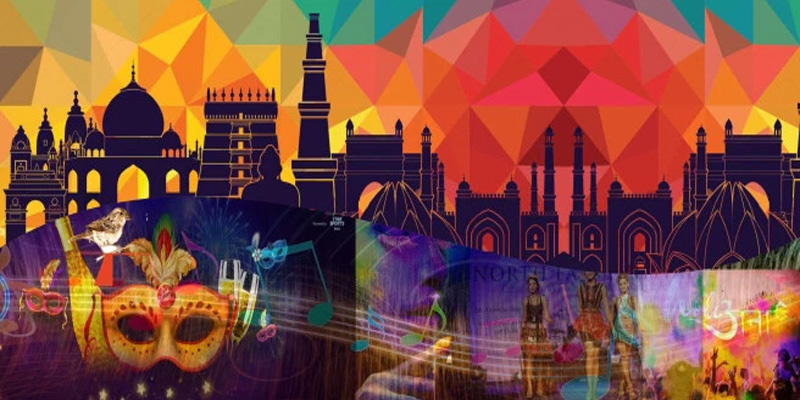
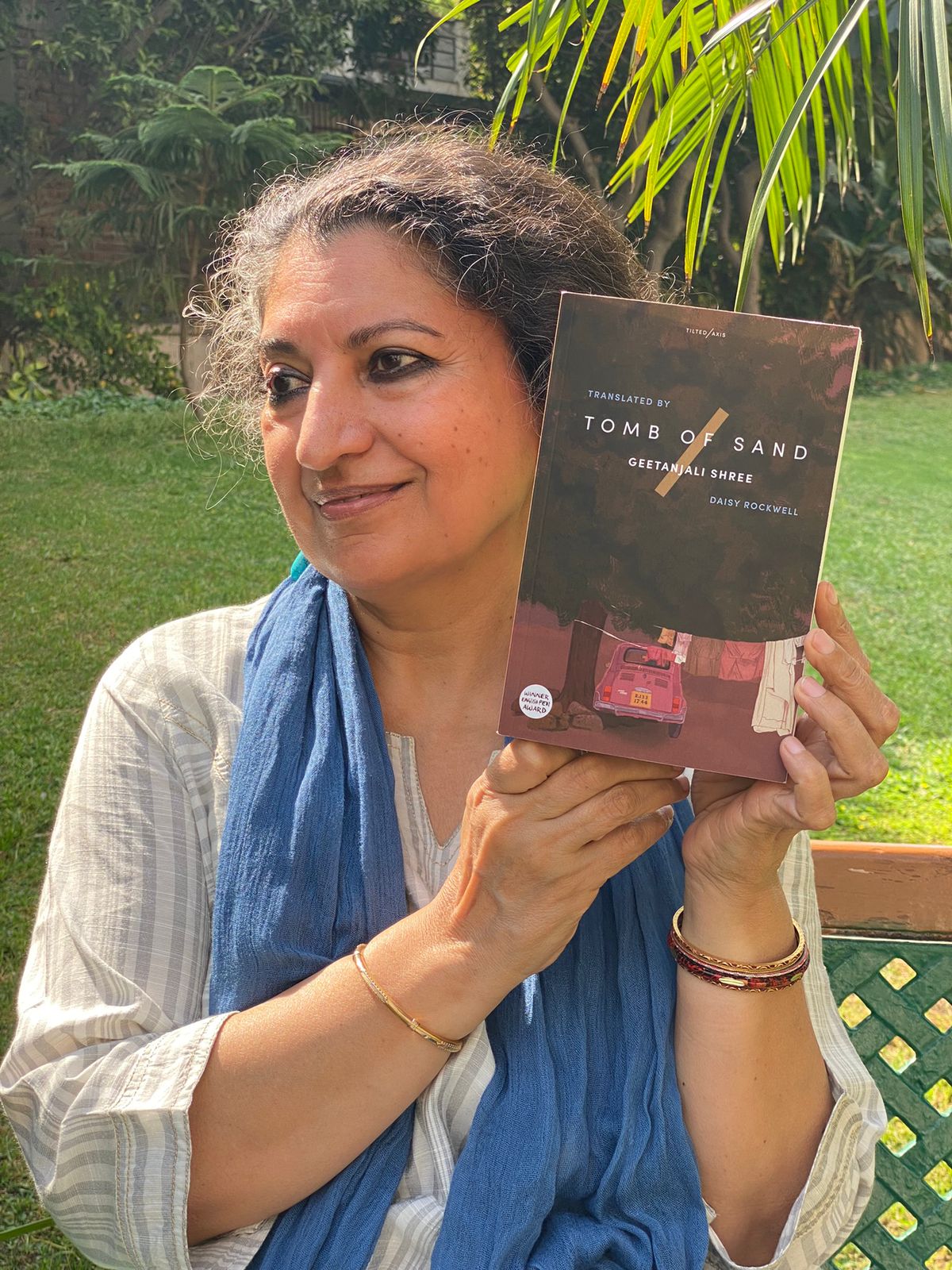 Geetanjali Shree, author[/caption]
Geetanjali Shree, author[/caption]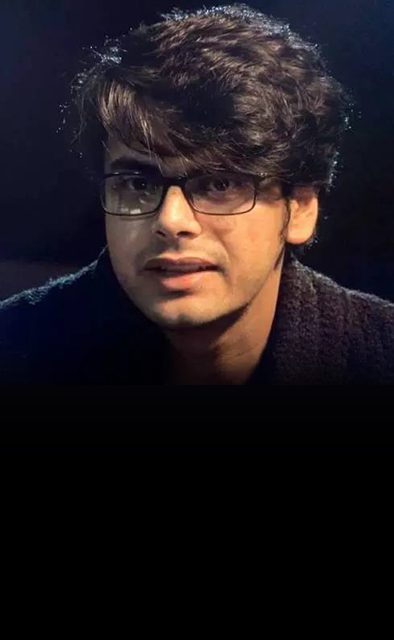 Shaunak Sen[/caption]
Shaunak Sen[/caption] Khyati Trehan[/caption]
Khyati Trehan[/caption] Manali Datar[/caption]
Manali Datar[/caption]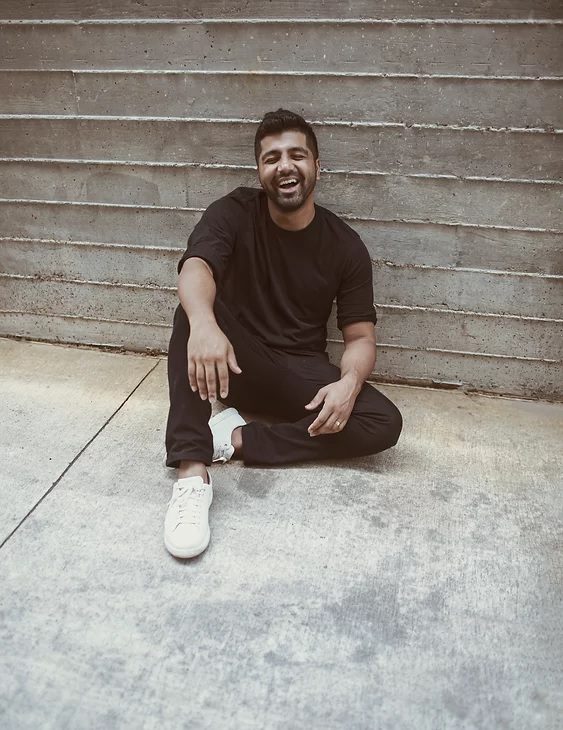 Aditya Rao[/caption]
Aditya Rao[/caption]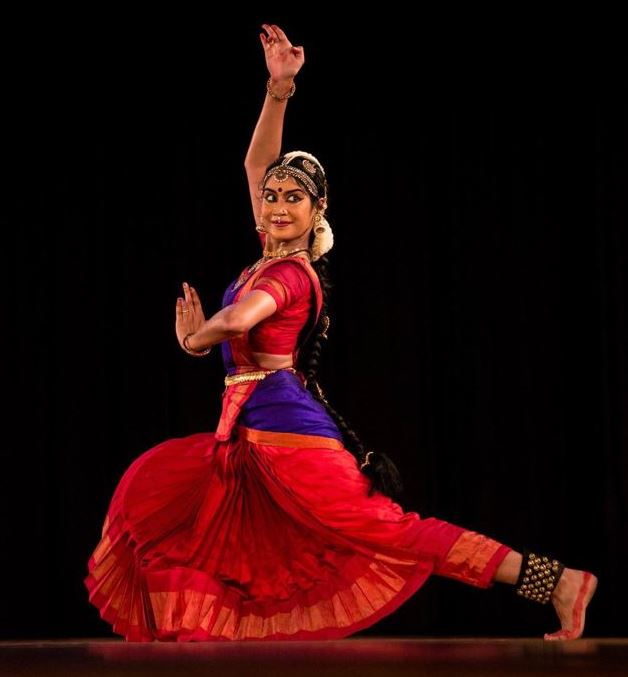 Aishwarya Balasubramanian[/caption]
Aishwarya Balasubramanian[/caption]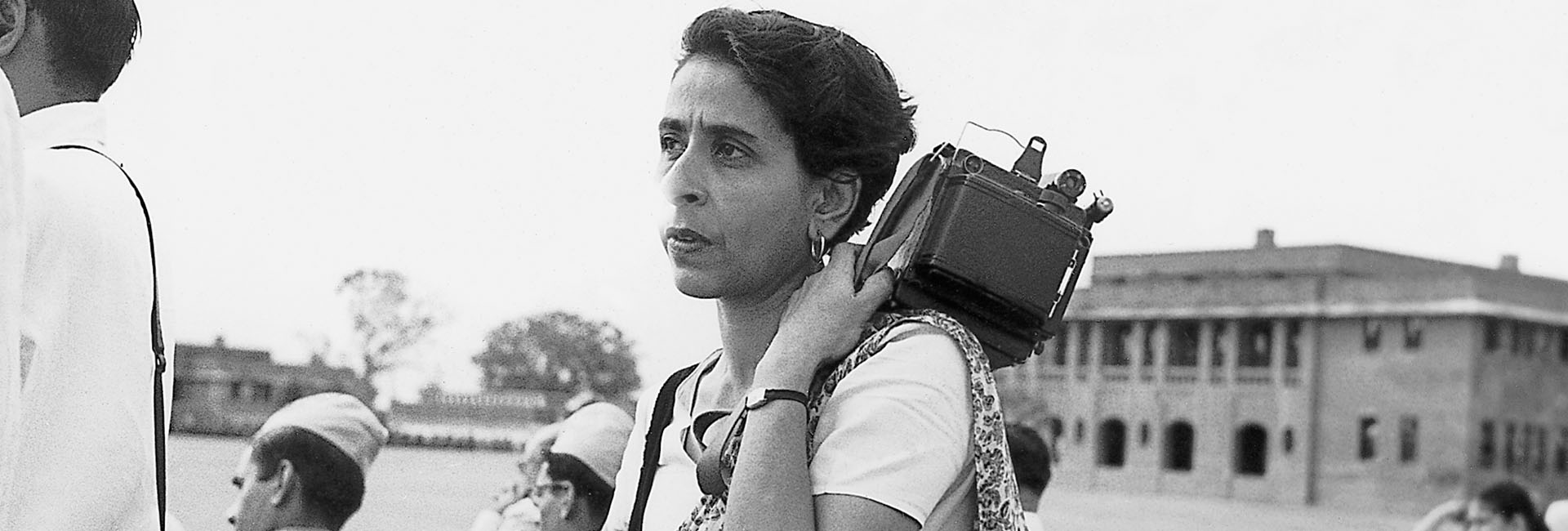
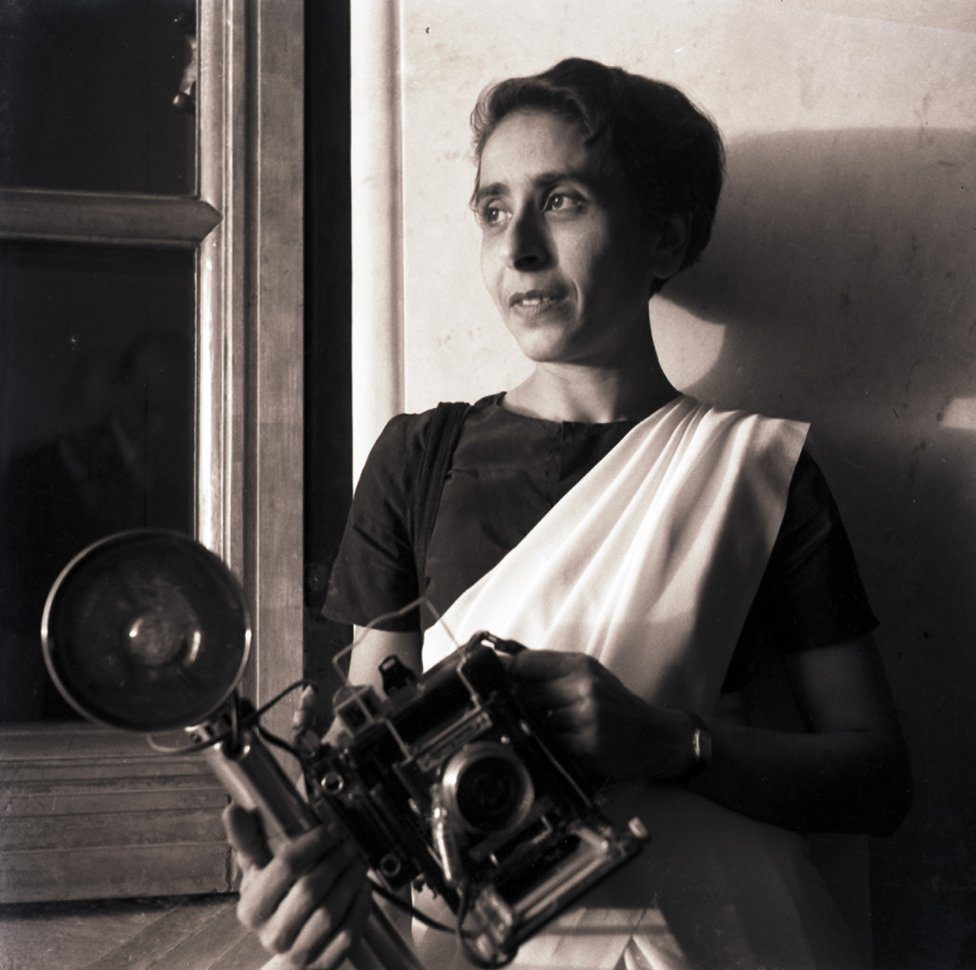 Homai Vyarawalla with her still camera[/caption]
Homai Vyarawalla with her still camera[/caption]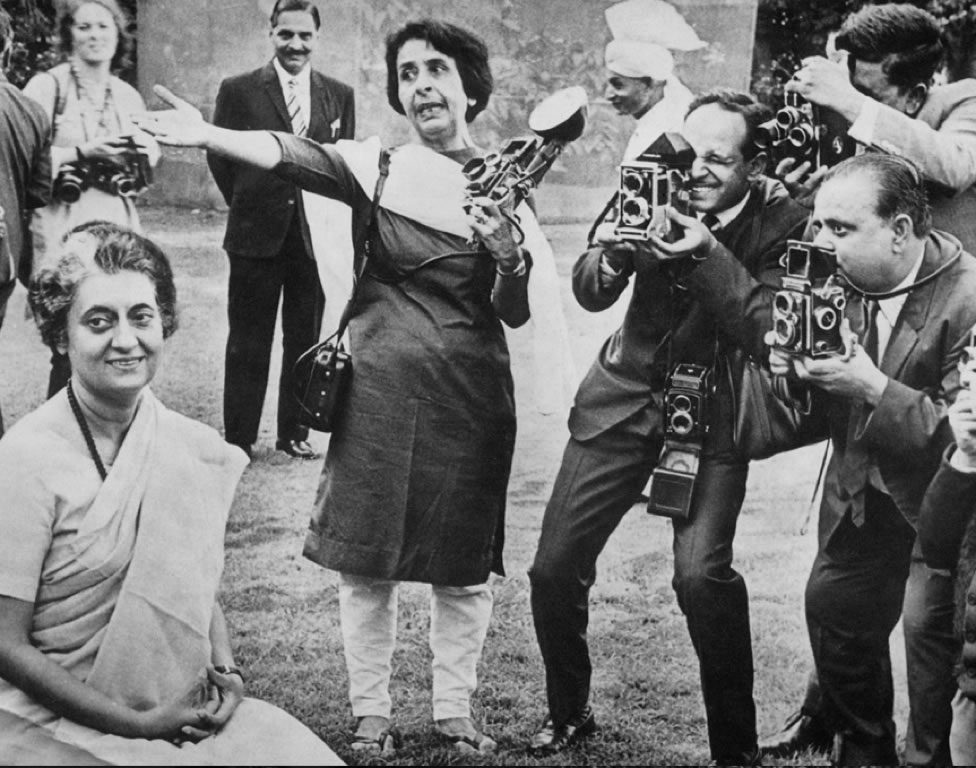 Homai Vyarawalla clicking Indira Gandhi during an event.[/caption]
Homai Vyarawalla clicking Indira Gandhi during an event.[/caption]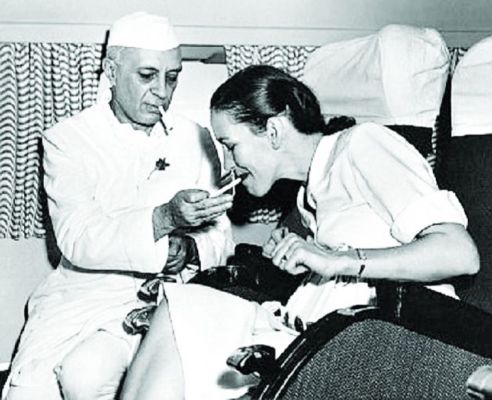 Homai Vyarawalla clicked this photograph of Pandit Nehru[/caption]
Homai Vyarawalla clicked this photograph of Pandit Nehru[/caption]
 Polar Preet on her skis and dragging her pulk in Antarctica. Photo:
Polar Preet on her skis and dragging her pulk in Antarctica. Photo: 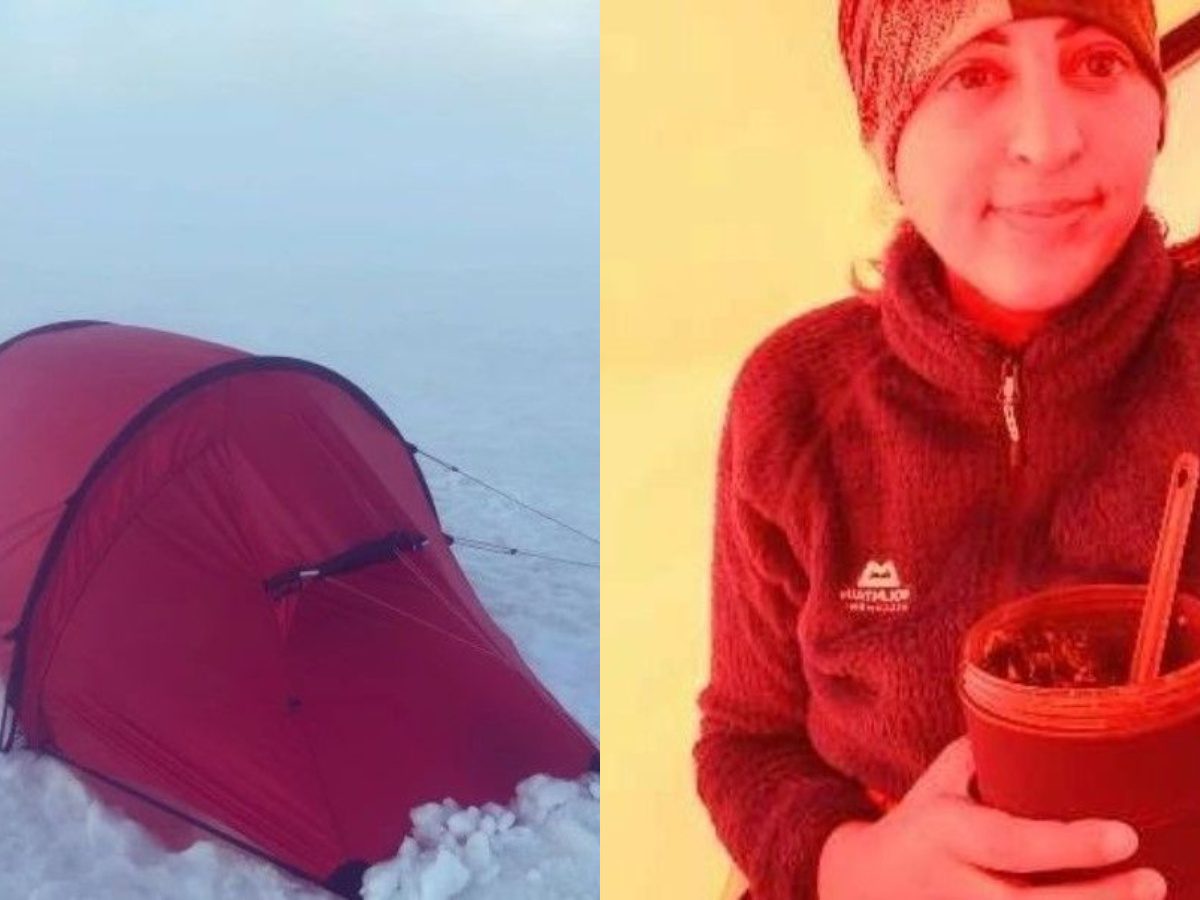 Living in a polar tent. Photos:
Living in a polar tent. Photos: 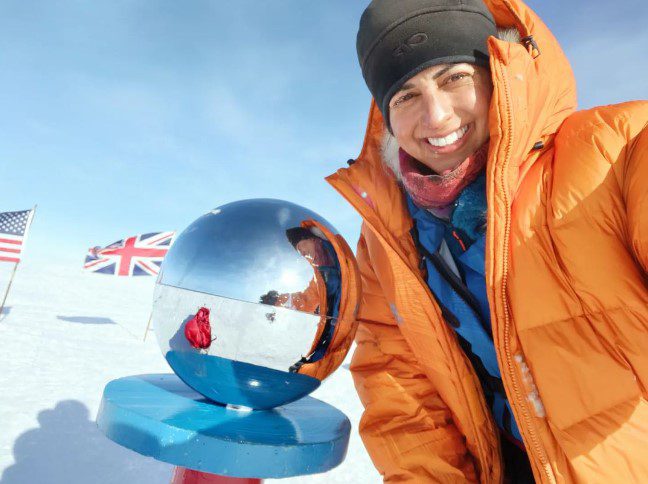 The South Pole. Photo:
The South Pole. Photo: 
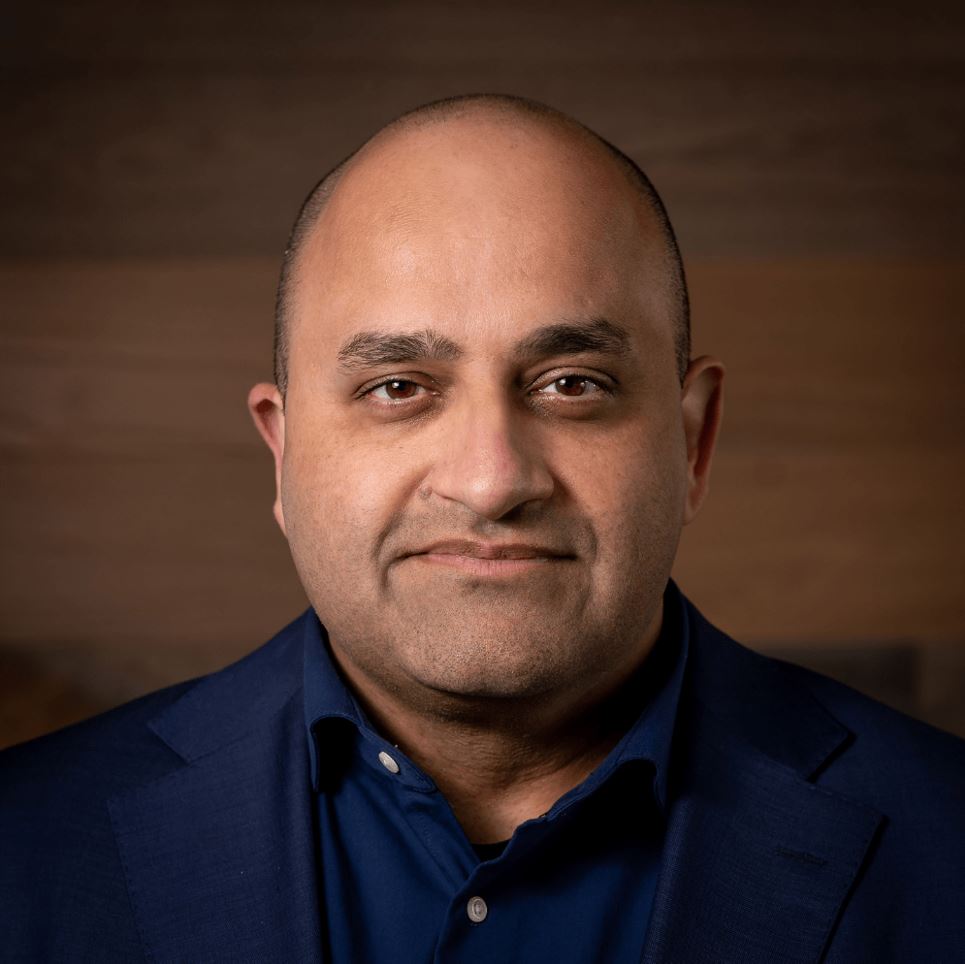 AC Charania[/caption]
AC Charania[/caption]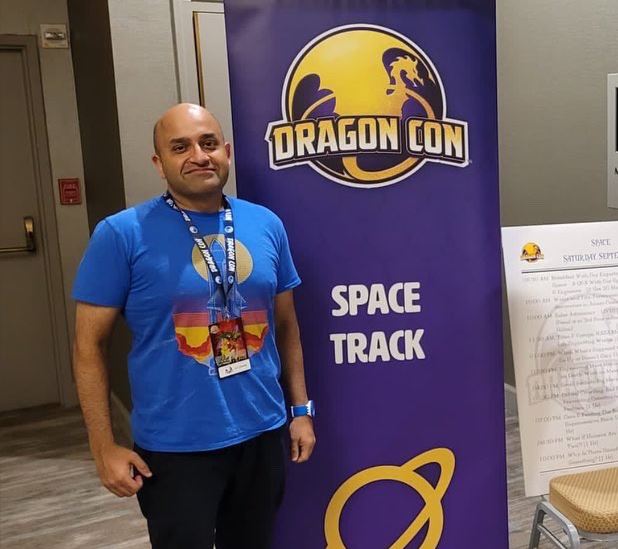
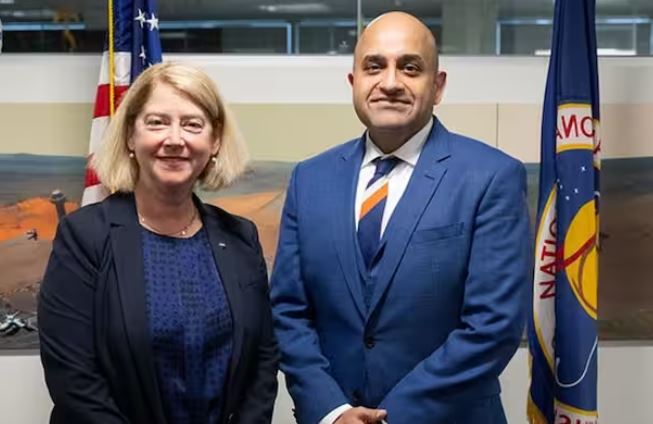 AC Charania with a NASA official[/caption]
AC Charania with a NASA official[/caption]
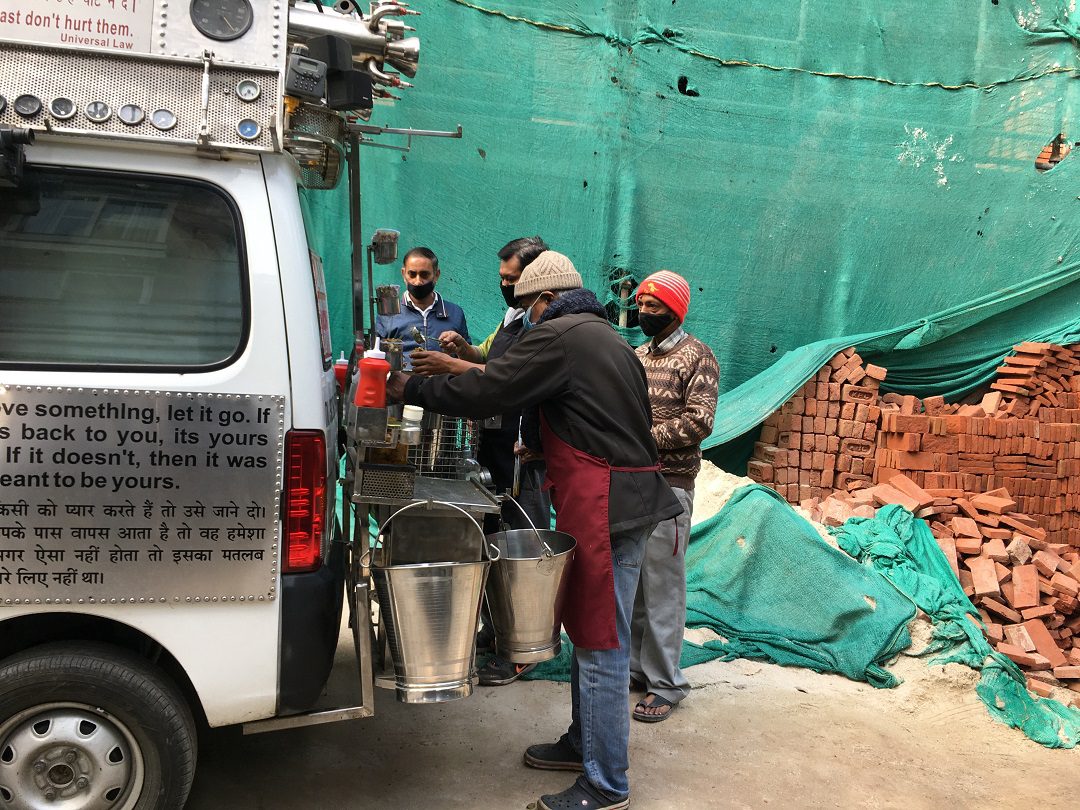 Matka Man distributing salad at construction sites.[/caption]
Matka Man distributing salad at construction sites.[/caption]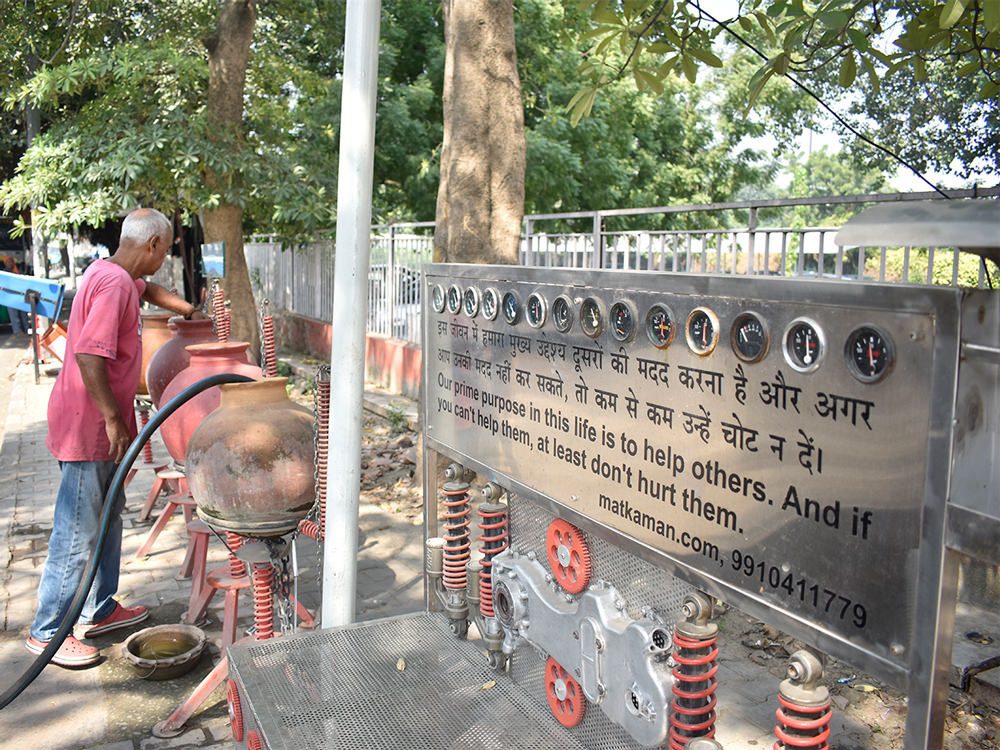 Matka Man filling water near a bench installed by him.[/caption]
Matka Man filling water near a bench installed by him.[/caption]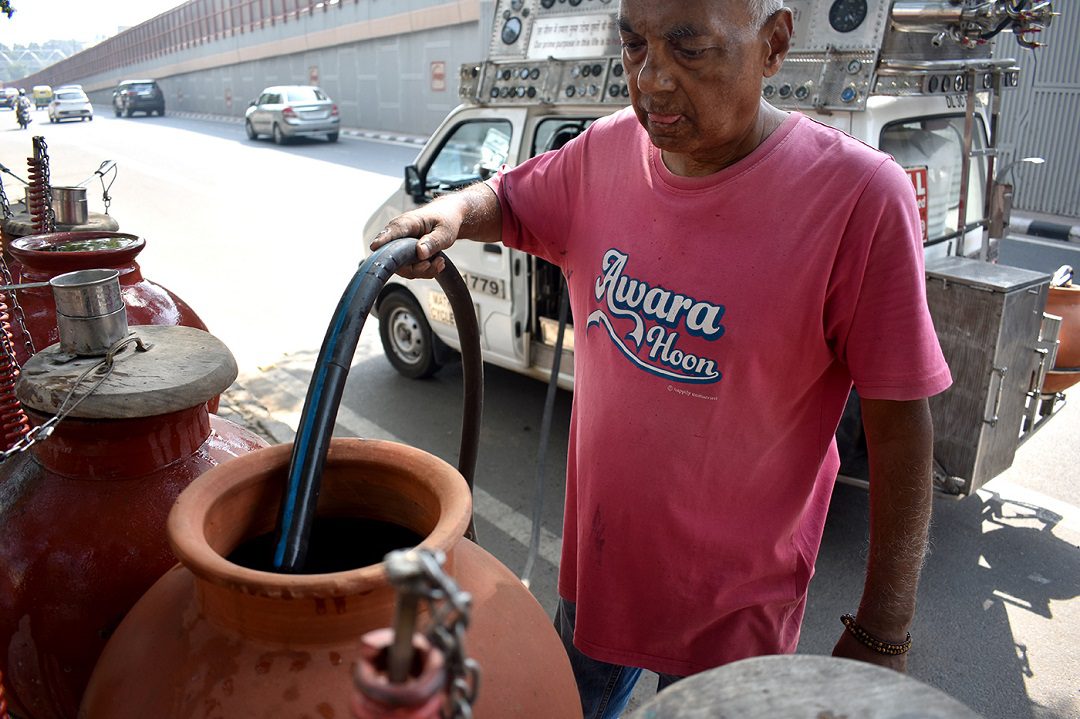 Matka Man filling up water at one of his matka stands.[/caption]
Matka Man filling up water at one of his matka stands.[/caption]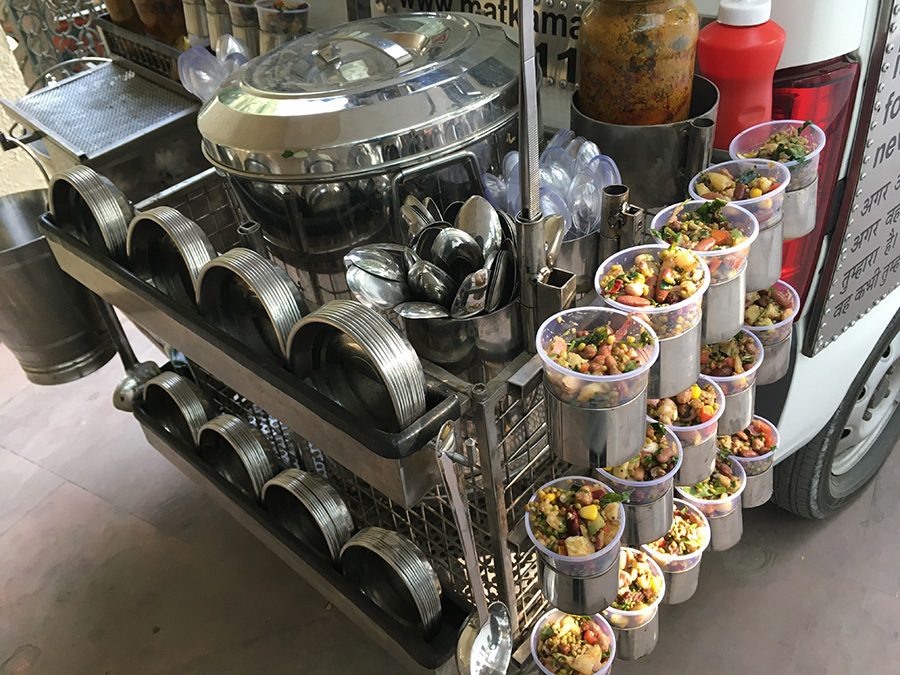 Matka Man's truck ready for salad distribution.[/caption]
Matka Man's truck ready for salad distribution.[/caption]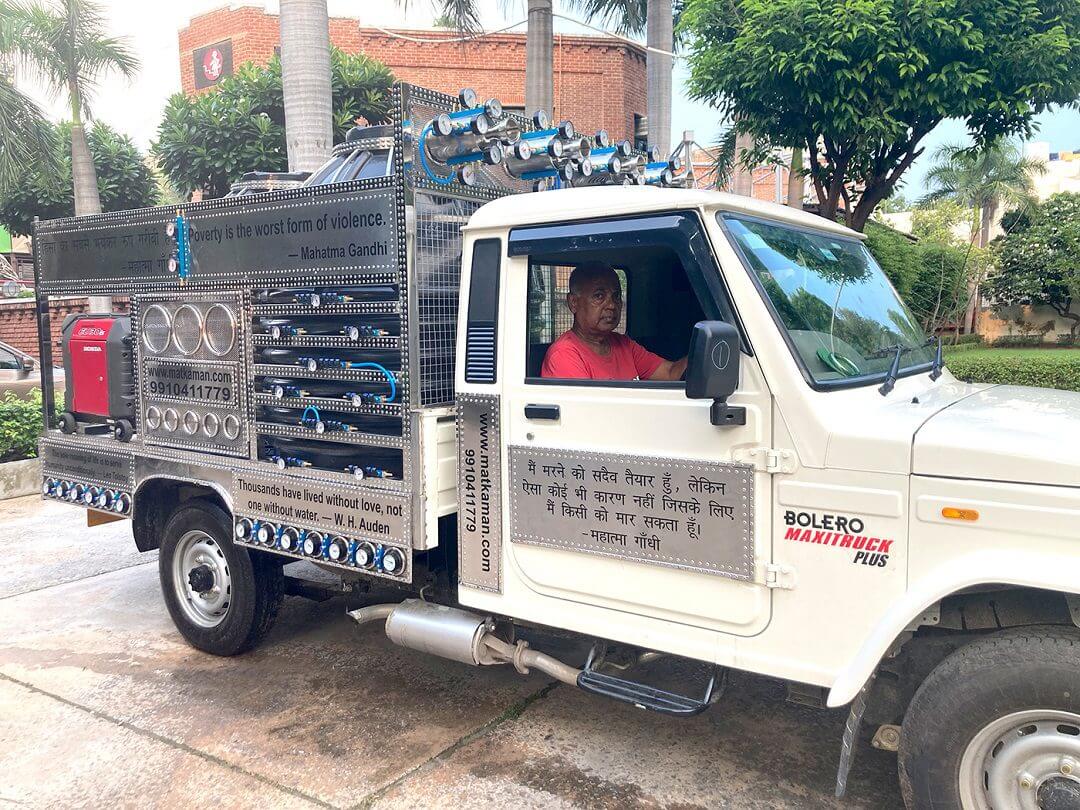 Matka Man driving his Bolero truck.[/caption]
Matka Man driving his Bolero truck.[/caption]